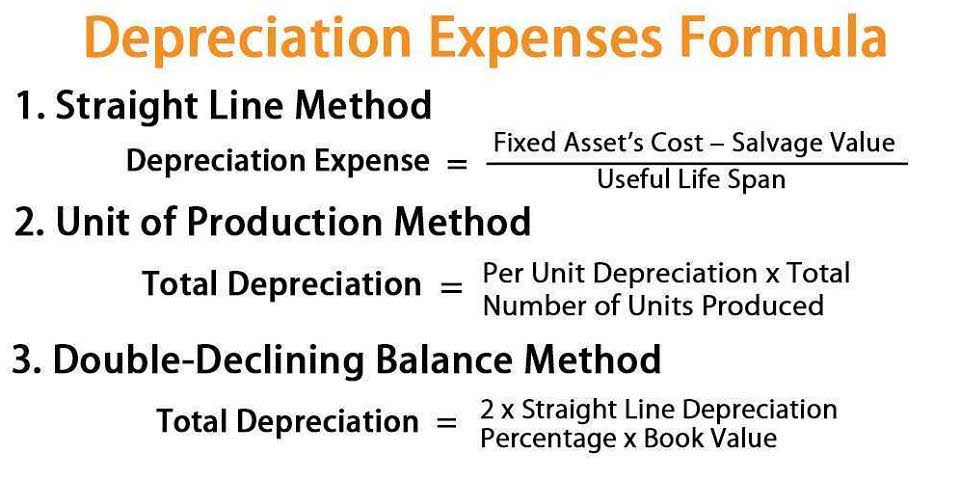
Generally, retail grocers will have less than 15% markups, while the average markup in the restaurant industry sits around 60% [2]. This does not reflect gross profit, but the difference between cost price and selling price. To calculate gross margin, you must subtract the cost of goods sold from an item’s sale price. For example, imagine that a product costs $50 to produce, and sells for $80.
- In this post, we’ll discuss the differences between markup vs. margin, when to use them, and how to calculate them.
- Use the formulas below to convert your numbers and get a better understanding of your pricing.
- The higher the markup, the more revenue you keep when you make a sale.
- Understanding margin vs markup will lead to business success, including restaurant success.
- Both margin and markup are important accounting metrics that help you decide your product pricing.
- When choosing the selling price, you need to consider both these quantities, but usually, the markup has more importance as it allows you to always cash in a profit.
Maintained markup, however, relates to the ongoing adjustments made to pricing to accommodate changing market conditions, demand fluctuations, and other factors that affect your business. It allows you to respond to shifts in the market and maintain profitability over time. Maintained markup ensures that your pricing strategy remains effective and aligned with your goals, even as circumstances change. Net profit takes other factors into account, such as salaries, packaging, general operating costs.
Margin vs Markup Calculator
Luckily, it’s likely that you already know what you need and how to treat this data. This tool will work as gross margin calculator or a profit markup vs margin margin calculator. This article will clarify gross margin vs. markup and help you understand the critical differences between the two.

In the meantime, start building your store with a free 3-day trial of Shopify. From big jobs to small tasks, we’ve got your business covered. Relevant resources to help start, run, and grow your business. We’re firm believers in the Golden Rule, which is why editorial opinions are ours alone and have not been previously reviewed, approved, or endorsed by included advertisers. Editorial content from The Ascent is separate from The Motley Fool editorial content and is created by a different analyst team.
What Is Margin: Margin Definition
Margins and markups actually interact in an entirely predictable manner. You can also use a markup vs margin table to easily see this relationship for the most common rates. Though commonly mistaken for one another, markup and margin are very different.
- Revenue, price, or customer price, refers to how much you charge customers to access your items/services.
- Like margin, the higher the result, the more profit your business is earning.
- Understanding the distinction between margin and markup is essential when it comes to pricing products and services.
- Margin is a figure that shows how much of a product’s revenue you get to keep, while markup shows how much over cost you’ve sold it for.
- However, most retailers don’t bother calculating the markup on cost because most of the other financial data they rely on are defined as a percentage of the selling price.
- There are some standard accepted margins within industries; however, these are not set in stone and can vary greatly between specific businesses.
The confusion stems from two concepts that are quite alike but represent two different components of accounting. Markup is used to set prices, and margin is used to evaluate performance. Margin is used in business to measure a business’ profitability after they’ve deducted their expenses from their revenue. Proper margin calculations and stock price will show you the actual business profit. Adding the markup amount to the cost price yields the selling price of $80.
What is a good markup?
Profit margin and markup show two aspects of the same transaction. Profit margin shows profit as it relates to a product’s sales price or revenue generated. Markup is the percentage amount by which the cost of a product is increased to arrive at the selling price. This means that for each bracelet sold, the profit amounts to 37.5% of the selling price.








